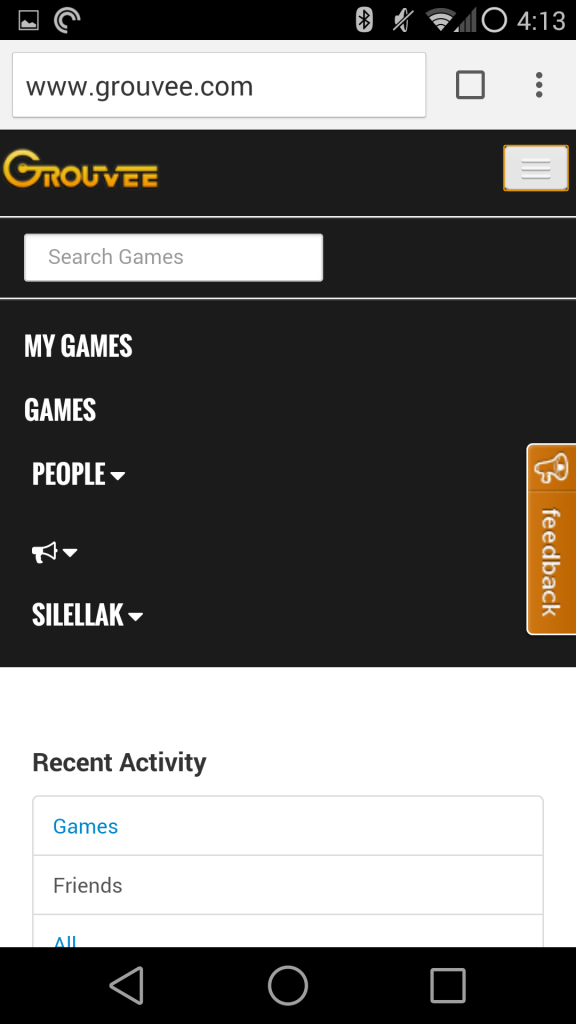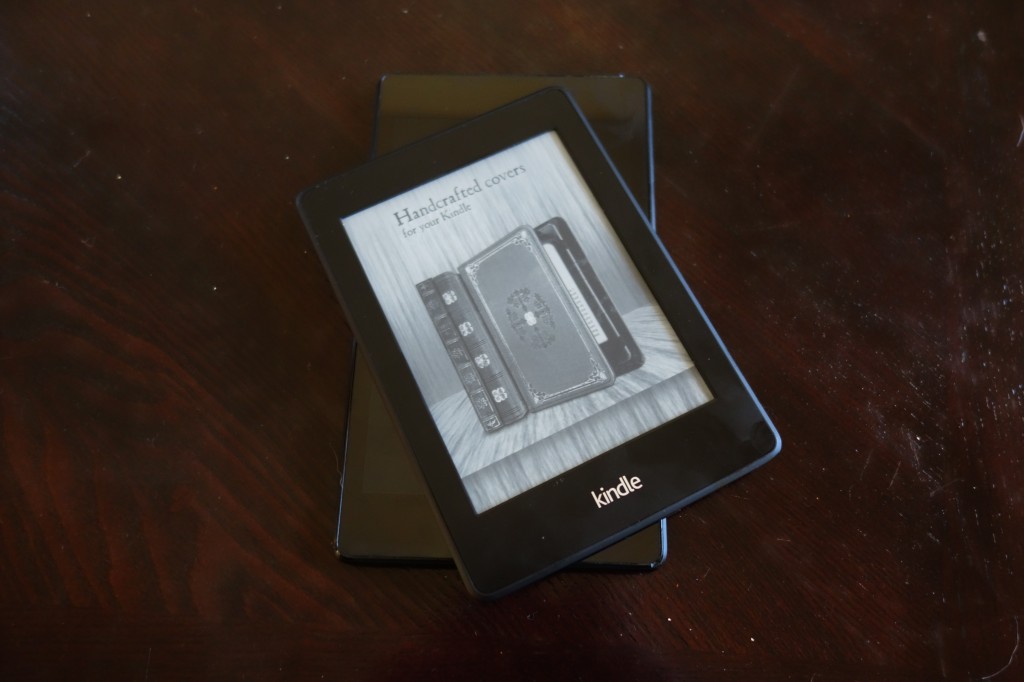Every now and then, I start to think Nintendo might be starting to “get it”, and then they go and pull something like this:
Nintendo revealed today its New Nintendo 3DS system, an upcoming version of the 3DS hardware that features a second stick built in, in addition to new shoulder buttons.
…
Additionally, the system will features a better CPU than previous models, according to Nintendo, which allows for faster eShop browsing and downloading. It is also set to come with a built-in NFC on the bottom touchscreen for the upcoming launch of the amiibo NFC models, while sliding custom covers will also come with the device, allowing owners to customize the hardware. Nintendo also claims that stereoscopic 3D will also be better than it was in previous devices.
So, here’s what we have: a new version of their handheld system, which they’ve named poorly – “New Nintendo 3DS” is right up there with “Wii U” when it comes to “shitty names that will confuse consumers” – and which will have exclusive games:
Here’s the catch: This version of the game will only be able to be played on the new 3DS hardware, meaning owners of the older hardware will be locked out.
Don’t mistake this for anything but what it is: it’s a new handheld console, with exclusive games, that happens to be backwards compatible with everything the 3DS already has. That number of “exclusive games” might be tiny and it might be huge, but it will obviously exist. Handhelds aren’t smartphones; customers aren’t willing to upgrade them once every two years. To make matters worse, Nintendo has been releasing special-edition model after special-edition model of 3DS XL, and is now turning around and releasing a model that makes all of those models obsolete overnight.
Nintendo…what are you doing? My inner fanboy wants you to succeed, but you continue to make it harder and harder to root for you. Not only is this a dumb business decision that will inevitably lead to confused customers who now have to make sure the 3DS game they buy will actually run on their 3DS, but it also makes me question whether or not I want to buy handhelds from you in the future. When is it a safe time to buy a Nintendo handheld now? Usually the safe answer is to say “wait until the second hardware revision”…but I honestly can’t even answer that anymore. It’s impossible to predict what Nintendo is going to do next, which makes me hesitate to support them in the future.
Which is a damn shame, because my 3DS XL is fantastic and the Zelda game that came with it is one of the best I’ve ever played, but now I can’t even really recommend it anymore, because there’s a better model coming. For fuck’s sake Nintendo, I want to love you – why do you make it so hard?



